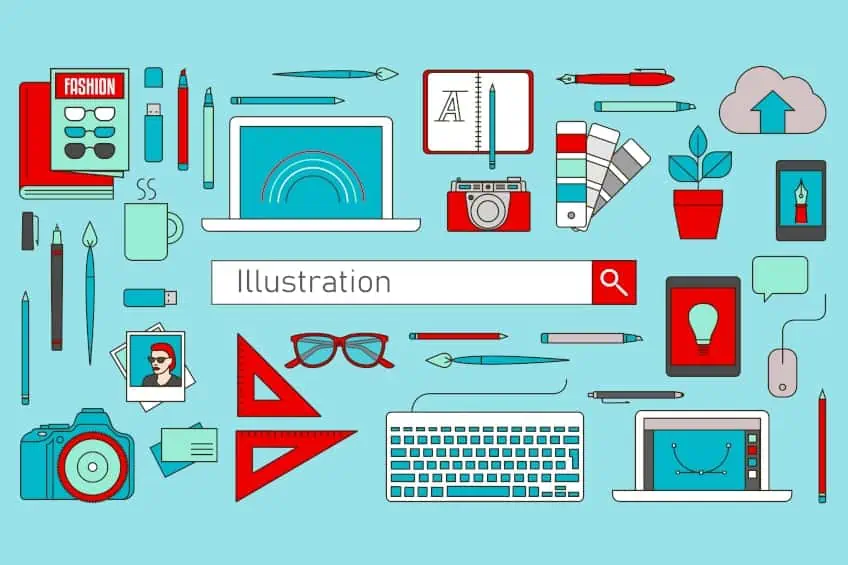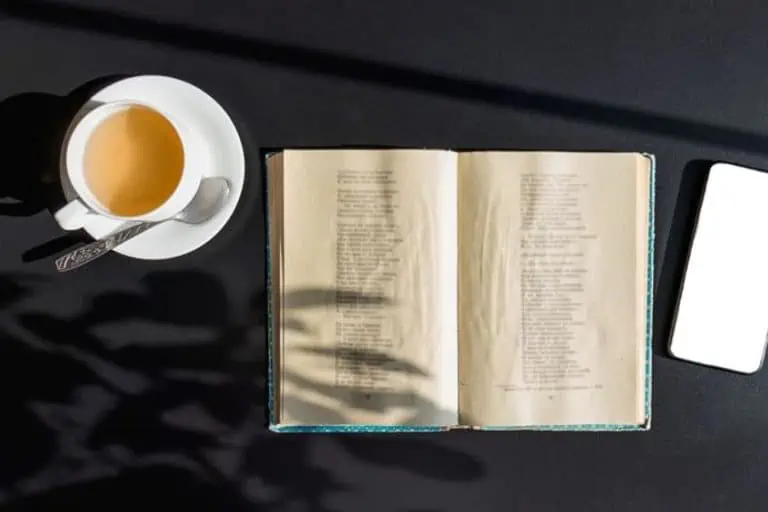Types of Illustration – Visualization Techniques and Styles
This post may contain affiliate links. We may earn a small commission from purchases made through them, at no additional cost to you.
Are you an aspiring illustrator looking to discover more information about the craft and the many forms it can take? Or maybe, like us, you have been struggling to find a suitable definition for exactly what illustration is. In either case, worry not for you are in the right place. We have compiled all of this information and more here so that you do not have to!
Table of Contents
What Is Illustration?
Before we get into discussing the types of illustration, we should first develop an understanding of exactly what illustration is. Is it like art, but also… not? If you have spent time researching this topic before then you might have come to realize just how much the parameters for what constitutes an illustration are up for debate. So, what is illustration, you ask? Let us begin, then, by establishing a functional definition.

In English, the literary definition of “illustrate” is to demonstrate and show. This pretty much sums up the primary purpose of an illustration. To put it plain and simple, an illustration is a visualized representation of a concept, text, or process. It is an image, drawn, photographed, or otherwise designed, that is primarily meant to provide explanation and context. Illustrations can come in the form of many things. Even the maps and symbols depicting climatic conditions behind the weatherman on TV are illustrations because they provide supplementary explanations for the accompanying text and speech. If the explanation of a particular context requires imagery to further convey its meaning, this imagery will be an illustration.
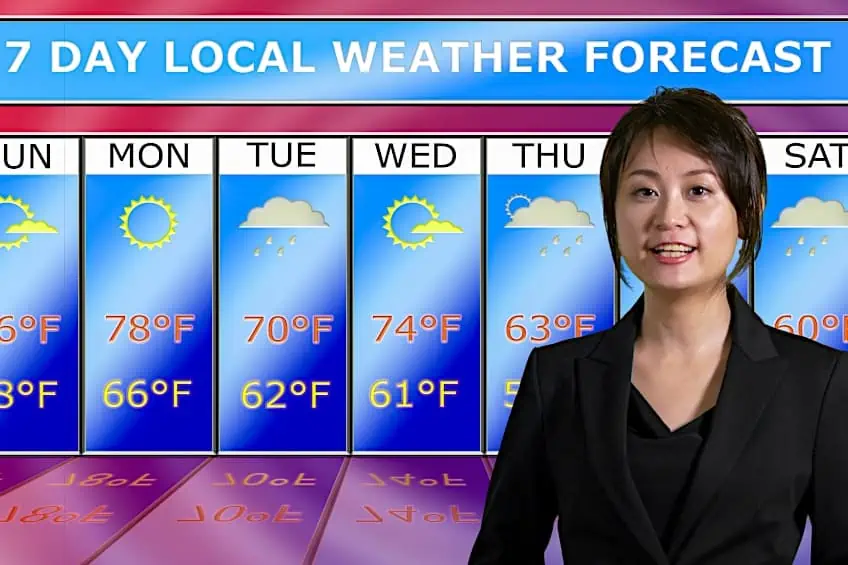
Illustration is strongly influenced by semiotics, which is the study of signs, symbols, and what they signify within society. As such, good illustrations should be comprehensible even without any accompanying text. For instance, consider the green pedestrian symbol on a traffic light; the anthropic silhouette is displayed in a posture that implies walking while the color green implies to pedestrians that it is time to “go”.
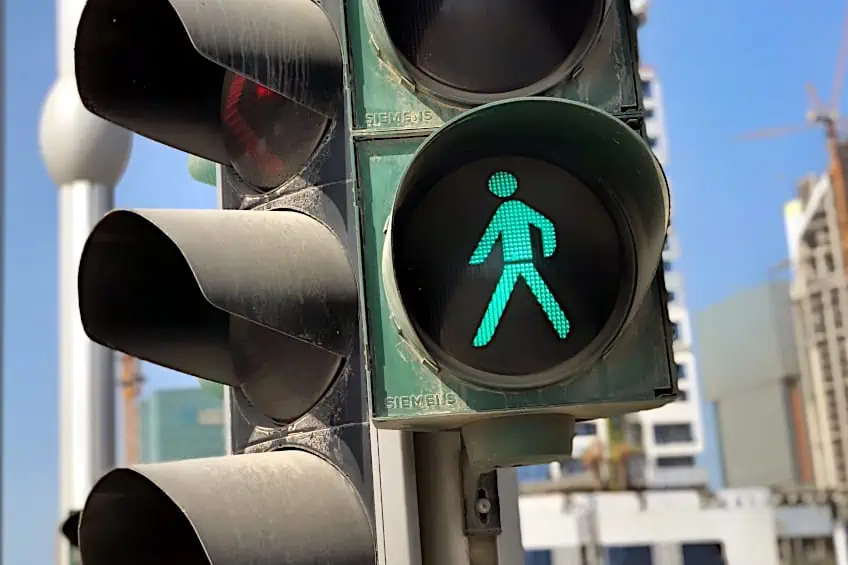
Unlike with art, the meaning behind an illustration should not be a matter of subjective opinion. Instead, an illustration should be designed to immediately convey an idea that cannot be misinterpreted.

How Does Illustration Differ From Art?
First of all, illustration may or may not be considered art depending on where you lean in the philosophical debate. But what can be argued, however, is that illustration is its own form of art separate from what one might describe as “true” art. The difference between the two lies in the idea that art is brought along through an artist’s inspiration and inner mind, whereas illustrations are meant to inform. While the primary goal of art is to express emotions and aesthetics, the main role of an illustration is, above all else, to explain.
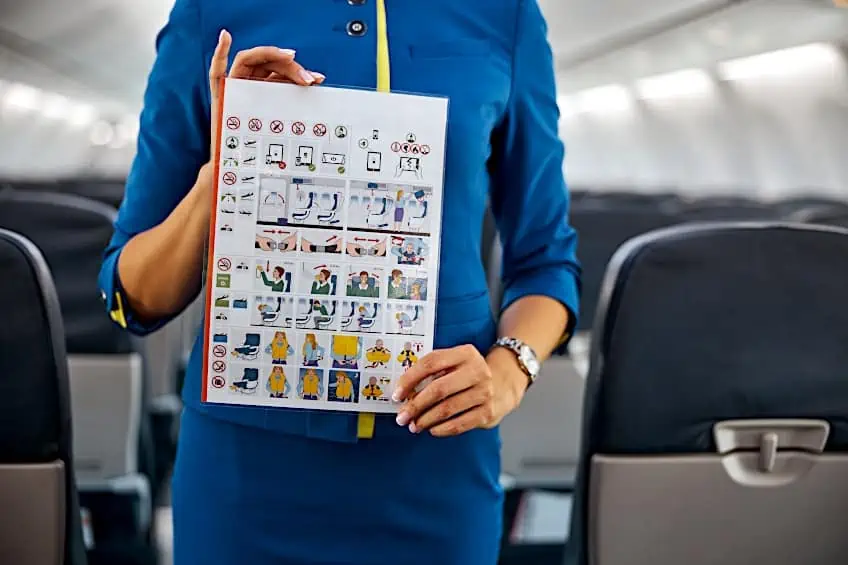
The production of an illustration comes with very clear-cut criteria and intentions. Most typically observed in advertising, illustration is used by companies to appeal to consumers and make them buy more products.

Going back to the philosophical debate, this is probably where most people decide to draw the line between art and illustration. Unlike art which is produced for the purpose of aesthetics, illustration is most commonly associated with branding and marketing and ultimately with financial profit, something which some might argue to be the very antithesis of “true” art. Art is the visual exploration and expression of a subject from the perspective of the artist, whereas illustration is meant to direct your attention to something specific, like a product.

How Does Illustration Differ From Graphic Design?
Although they are often conflated with one another, illustration and graphic design are two separate creative fields with several key distinctions between each other. There is nevertheless a lot of overlap between the two which may lead to some confusion when it comes to telling them apart.

Illustration, for starters, is the application of art to dispense information (as in, to tell a story). Graphic design, on the other hand, is holistically concerned with every aspect of a piece. This includes the layout, the font of texts, the color palate, and so on. Here is an easy way to picture it: an illustrator can design a specific image for a specific purpose while a graphic designer can decide where and how that image is presented in relation to every other element of the piece.

The Different Types of Illustration
If you are interested in learning a little bit more about the various types and styles of illustration or are simply looking for some illustration ideas, here is a list of some of the more popular examples and some information regarding their uses.
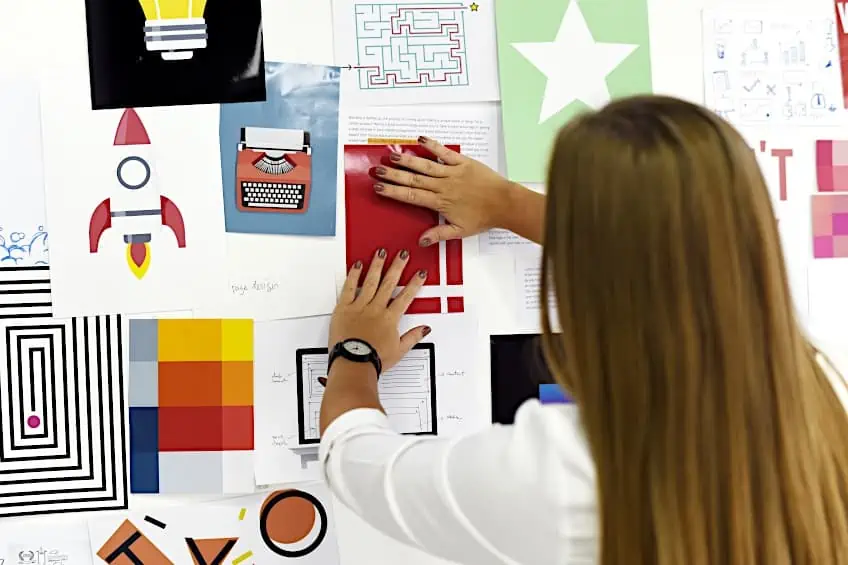
Editorial Illustration
Images that are created to support pieces of writing in publications such as magazines, journals, websites, and newspapers are called editorial illustrations. These illustrations are common and easy to spot alongside editorial texts to provide a visual element to the piece.

The most immediate benefit of an editorial illustration is of course the fact that images are more eye-catching than text. Editorial illustration techniques will assist in grabbing and retaining the interest of readers. Secondly, the information relayed in editorial illustrations can deliver greater perspective and depth to the publication.
Infographics
Infographic illustration is an integral element in news and educational media. The illustration techniques applied in infographics take inspiration and aspects of graphic design and communication tools to visually demonstrate data-centric information in a way that is clearly comprehensible and easy to follow.

More so than most other styles of illustration, infographics apply the use of text elements with a heavier hand. That being said, however, an infographic’s text should play a supportive role to its imagery, the latter of which should be most critical in delivering the essence of the information in the quickest way possible.
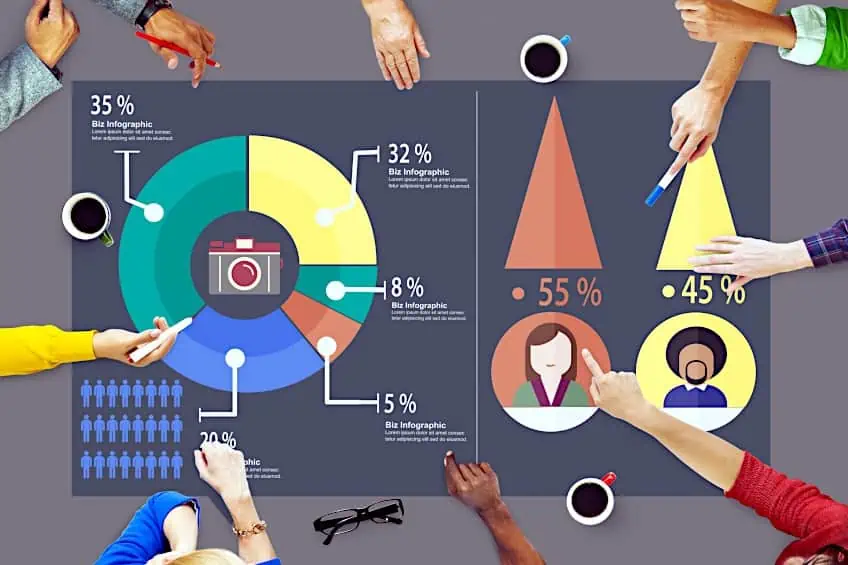
The idea behind infographics is to use imagery as the primary conveyor of information. That being said, text in infographic illustrations is typically kept to a minimum. When dealing with a large data set, using infographic illustrations makes it much easier to configure the data into information that is easily digestible. Popular examples of infographic illustration styles include diagrams, charts, and maps.
Concept Art
Concept art is applied prolifically throughout most if not all forms of entertainment media. This applies to video games, animations, and films to name only a few. Concept art involves the production of numerous iterations of the same subject, or “concept”, during the development process until the most appropriate depiction is achieved and applied thereafter. Simple illustration styles may be applied in earlier iterations and gradually become more complex throughout the design process.
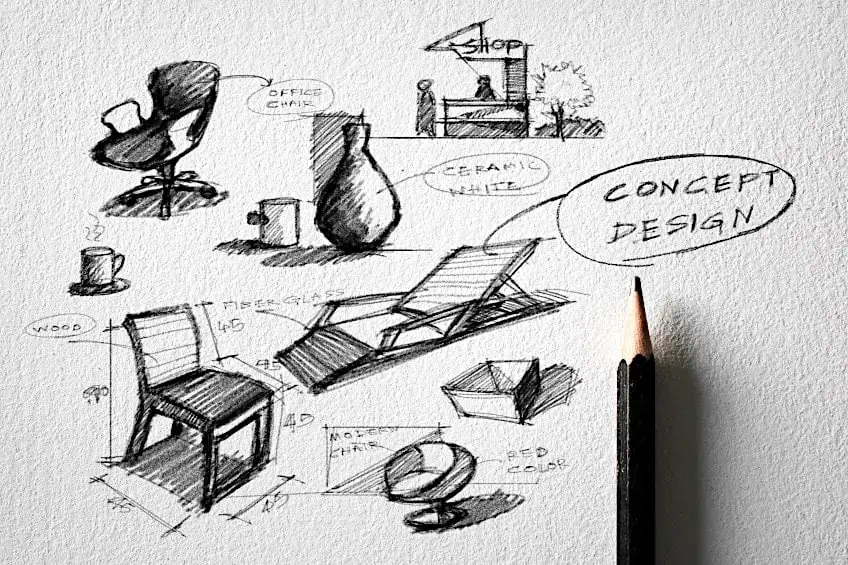
The purpose of concept art is to experiment with design ideas before committing to something. Concept art illustrations thus tend to be more rudimentary images that can be vetted by an art director before being added to the final project. Concept art is popularly used as a means to explore potential options for character models, items, terrain, costumes, and infrastructure.
Advertising Illustration
This is what you would call any illustration idea centered around promoting a product or service. Advertising illustration involves the creation of art designed to function as promotional material for brands and products. Advertising illustration is used extensively by companies in order to draw the consumer’s attention to their products as well as to establish a positive impression of their brand among their target markets.
Fashion Illustration
When it comes to fashion design, illustrations precede every other part of the process. Fashion illustrations are used as a means to experiment and explore creative concepts. Using drawings and diagrams, fashion designers create illustrations as a way to visually transmit their ideas for personal or peer review.

Illustration plays a core role in the creative process of every fashion designer. What is quite interesting is the fact that the illustration styles found in this field tend to be unique to each individual fashion designer. As fashion designers develop their own personal style of fashion, their illustrations develop in tandem. Each fashion designer eventually develops an identifiably unique illustration style.
Packaging Illustration
Closely related to advertising illustration, this involves the skill of applying art as a means to promote goods and services. Since the industrial revolution, businesses have hired artists to design creative packaging labels in order to catch the eye of shoppers. Besides just grabbing attention, packaging illustrations are also designed to assist with establishing brand recognition.

A good packaging illustration will be designed to attract the specific target market of its product. For instance, upmarket audiences might be attracted to a relatively pricey item due to the perception of exclusivity that is implied through its flashy packaging illustrations. On the other hand, house-brand groceries may appeal better to less affluent consumers given that the simpler illustration designs on the packaging imply cost-effectiveness.
Livre d’Art
The term Livre d’Art translates from French to “book of art”, which almost perfectly describes this type of illustration. It is a book of illustrations or other works of art in which the book itself forms part of the overall artistic concept. In Livre d’Art, the book is as much a component of the artwork as its contents.

A typical Livre d’Art piece will contain a curated set of images taken from the works of a single artist and bound within a book. The images inside will often also be accompanied by contextual or explanatory text giving further insights into the works. This accompanying text can be written by the artist or a third party.
Technical/Scientific Illustration
When it comes to describing complex concepts or mechanics as quickly and as simply as possible, words might often not cut it. This is where technical illustration comes in; these illustrations combine illustrative art with diagrams, data sets, and symbols to produce images that visually convey specialized information in a format that negates the need for extensive bodies of text or verbal communication.
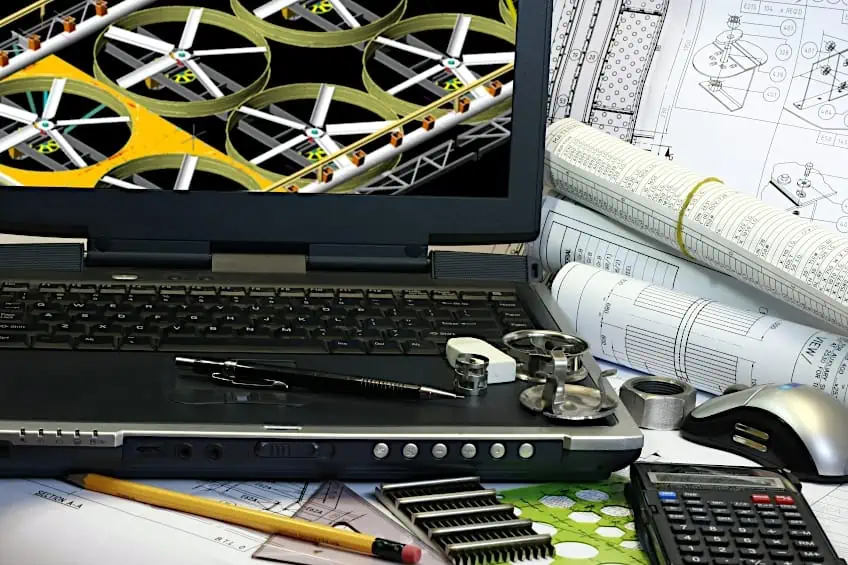
Technical illustrations are useful because they give us accurate depictions of objects and processes that assist our comprehension of complicated things, especially in mathematics and the sciences. Common examples of technical illustrations can be found in encyclopedias, instruction manuals, architectural blueprints, and cartography.
Traditional Illustration Versus Modern Illustration
While there are a great many techniques and types of illustration, the craft can be categorized into two main groupings, this being traditional and modern illustration. The former involves an approach whereby illustrations are hand-made by the artist using skills such as drawing, imprinting, and painting. The latter refers to illustrations designed digitally using modern technology.

For the bulk of their history, illustrations were produced by artists using traditional methods. Following the advent of technologies that allow for art to be produced digitally, traditional methods are far less commonly used in today’s times. Although traditional illustration has a long history of remarkable results, it simply does not square up to digital illustration in a number of aspects which makes it less effective and sustainable. For instance, the time it takes to master a particular traditional style takes years of practice. Furthermore, the work tools of a traditional illustrator are costly. Traditional illustrators are also limited in their output.
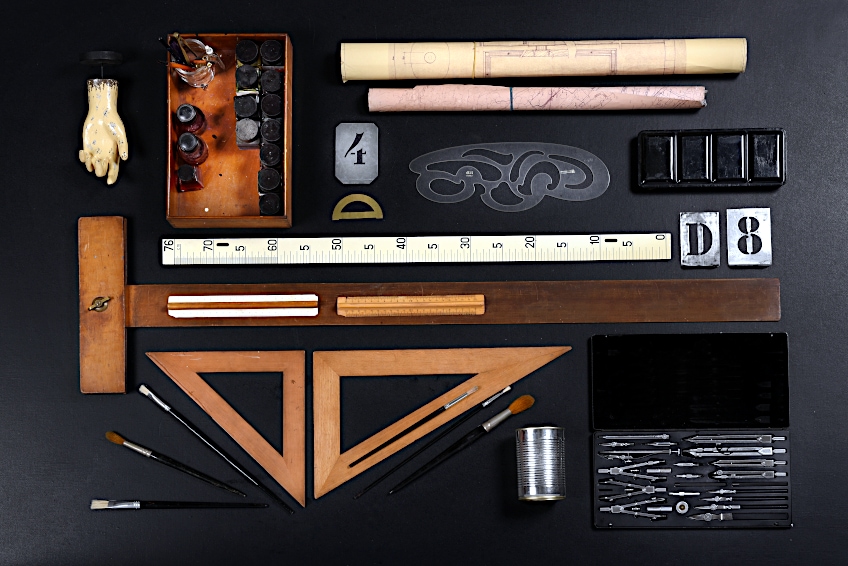
Modern illustration techniques, however, suffer from none of these shortcomings. Using PC programs, drawing tablets, and other digitally accessible resources, modern illustrations can be produced far more cost-effectively and in a substantially smaller frame of time. Digital software and tools can also be used by modern illustrators to imitate the craftsmanship of traditional illustration styles as well.

Traditional methods require fastidious attention and run the risk of needing to be scrapped and restarted when errors are made. Digital illustrations, on the other hand, can be edited and repurposed as much as necessary without losing progress. The degree of design flexibility and ease of workflow enjoyed by modern illustrators is thus unparalleled. Digital illustrations are simply the simplest illustration styles to work with, making the job easier while also offering a larger range of creative opportunities.
The industry of illustration has developed from humble beginnings into a sprawling network of creatives who have mastered the craft of meshing art with information. Hopefully, you now have a working definition of what illustration is and have some understanding of the many types, categories, and techniques applied in the trade. If you are interested in pursuing a career in illustration, you should by now have a better idea of its applications and functions within society and the professional space.
Frequently Asked Questions
What Is Illustration Art?
Illustrations are defined as works of art (painted, drawn, or otherwise produced) designed as a visual aid to explain and give context to a concept or body of text.
How Do You Make a Good Illustration?
The primary purpose of an illustration is to convey a clear-cut and engaging message to the target audience through a visual representation of an intended concept. The job of an illustrator is to create images that efficiently direct the attention of the audience to the intended subject. Furthermore, good illustrations should assist one’s understanding of any adjoining text.
Are Illustrations Works of Art or Design?
Illustration straddles the line between art and design quite closely, but is, for the most part, considered to be a form of fine art. Graphic design involves creating whole content layouts designed to attract and communicate with a particular target market. Illustration, on the other hand, is simply an artistic interpretation of a concept or text.
Megan is a writer and researcher who graduated from the University of Cape Town with a degree in Social Sciences, specializing in Psychology and Environmental Science. Her passion for knowledge and leaving a positive impact has fueled her current work in conscious and sustainable growth in Southern Africa. Megan’s love of nature has also led her to train as an animal behaviorist. She works part-time training and rehabilitating dogs. Megan is interested in the physical and psychological effects of colors in our environment on our mood and well-being. In addition, she is concerned with how art and creativity have been an integral part of human society. Megan van Schoor has been writing blog posts on the topics of painting, drawing, and color theory for acrylgiessen since 2021.
Learn more about Megan van Schoor and about us.
